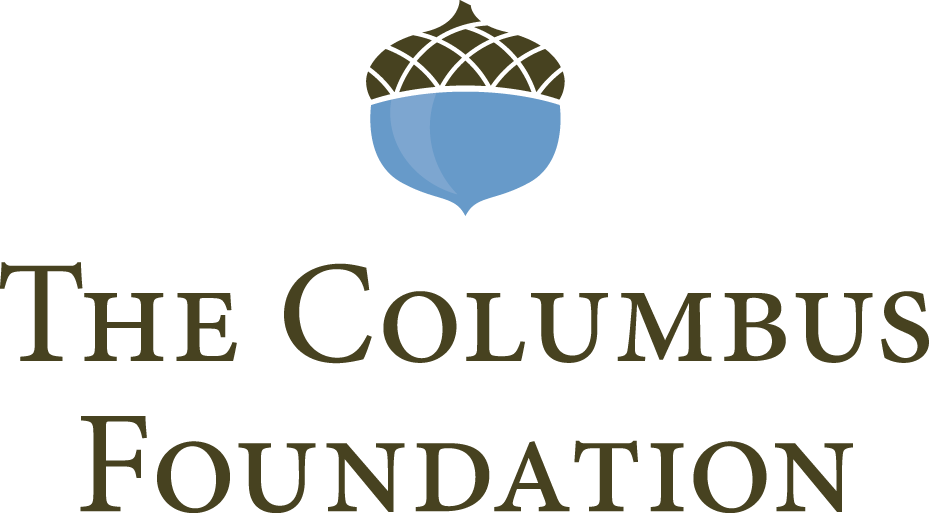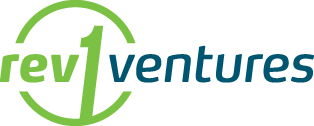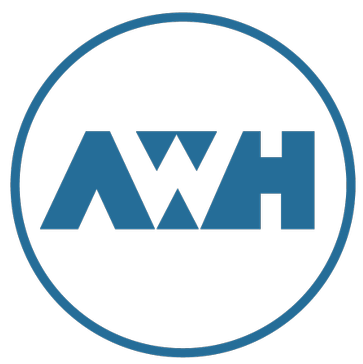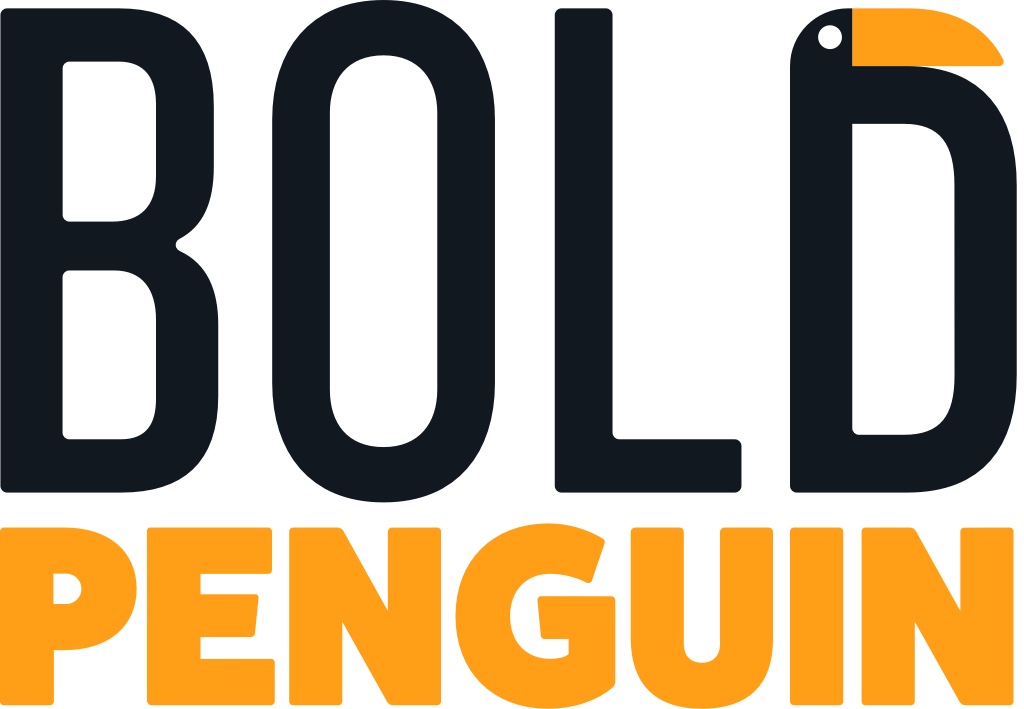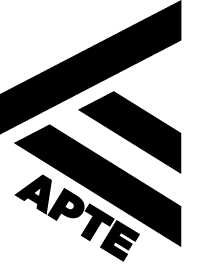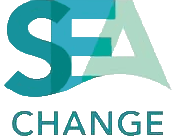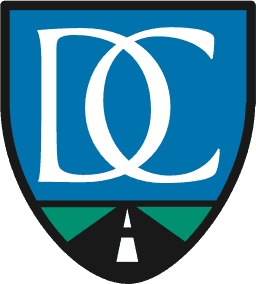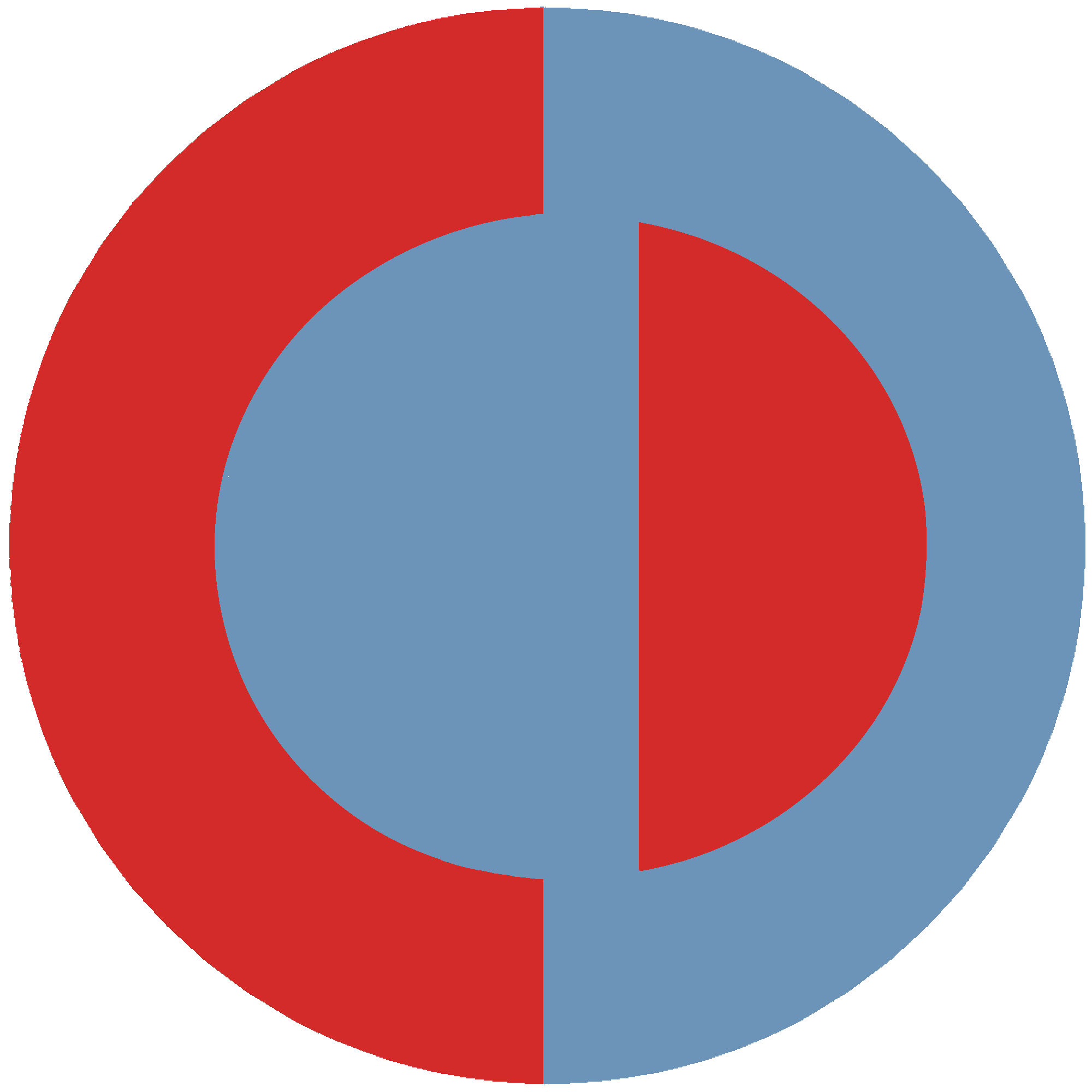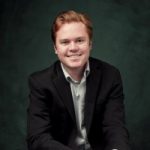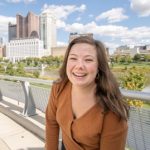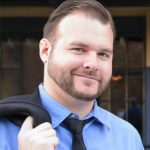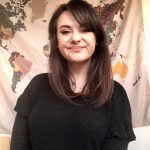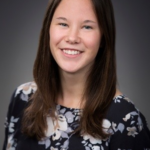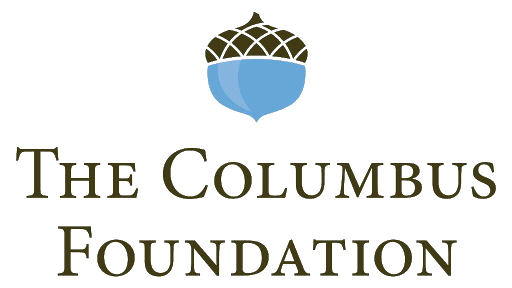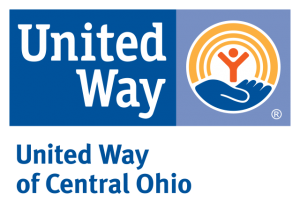
Columbus
April 26-28, 2019
Columbus College of Art & Design
Overview
Schedule
Friday - April 26
- 5:00pm
- Doors Open
- 5:30pm
- Dinner & Networking (don't miss this!)
- 6:00pm
- Friday Night Begins! We'll cover everything you need to know, let you pitch, vote on top ideas & form teams for the weekend
- 10:30pm
- Wrap up!
- 10:45pm
- Facilities Close
Saturday - April 27
- 8:15am
- Doors Open & Morning Yoga (optional)
- 9:00am
- Breakfast
- 11:00am
- Morning Mentors Arrive
- 12:45pm
- Community Updates - circle up and discuss progress
- 1:00pm
- Lunch
- 3:00pm
- Afternoon Mentors arrive
- 6:00pm
- Dinner
- 10:30pm
- Wrap Up!
- 10:45pm
- Facilities Close
Sunday - April 28
- 8:15am
- Doors Open & Morning Yoga (optional)
- 9:00am
- Breakfast
- 11:00am
- Mentors Arrive & Community Updates
- 12:00pm
- Lunch
- 12:00pm
- Deadline to Upload V1 of Google Slides (with video)
- 2:00pm
- Pitch Practice & Presentation Tech Check
- 3:30pm
- Deadline to Upload Final Google Slide Deck
- 4:00pm
- Dinner
- 4:15pm
- Clean up and prepare to MOVE OUT
- 4:30pm
- MOVE OUT of Crane and relocate to Canzani
- 5:00pm
- Final Presentations Begin
- 8:00pm
- Judging & Awards
- 8:30pm
- Wrap Up & Celebrate
- 8:45pm
- Facilities Close
Judges
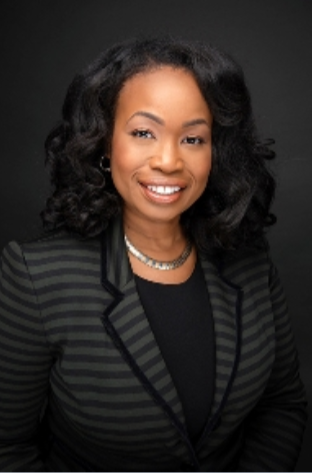
Shayla D. Favor
Councilmember, Columbus City Council
Councilmember Shayla D. Favor was appointed to fill the unexpired term of newly elected Franklin County Court of Common Pleas, Judge Jaiza Page on January 14, 2019. Prior to joining Council, Favor served as an Assistant City Attorney in Columbus City Attorney Zach Klein’s office. As a Zone Attorney, Favor had the opportunity to litigate high-profile environmental lawsuits, advise administrative ... Read More »

Emily Savors
Director of Grants Management, The Columbus Foundation
Since 1991, Emily has assisted the Foundation in carrying out its services to donors and supporting organizations, nonprofit organizations, and the community at-large. She has served as a catalyst in addressing community needs by researching, reviewing, and spearheading projects for funding consideration, and developing funding partnerships for special initiatives. Prior to joining the Foundation, ... Read More »
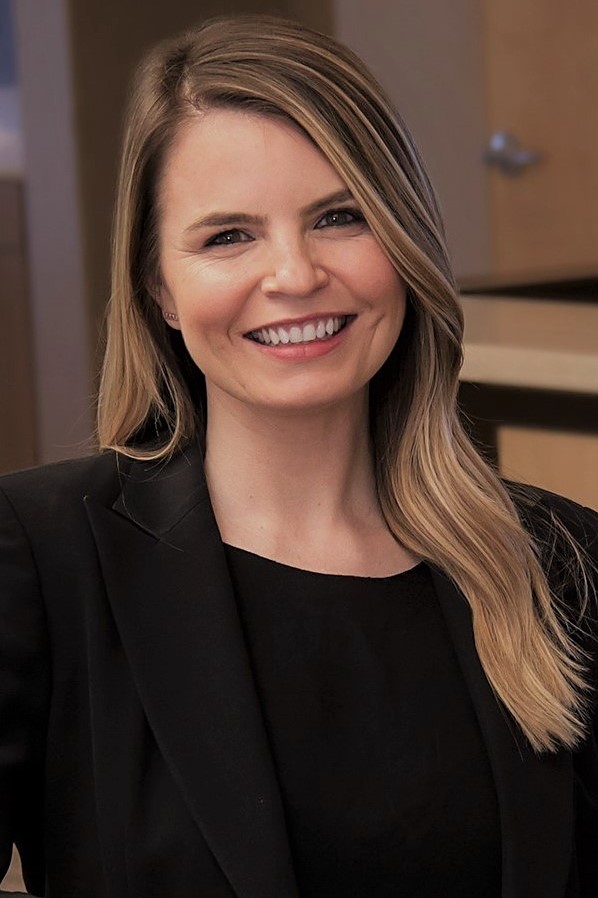
Jen Bowden
Director of Social Impact, IGS
Jen Bowden is the Director of Social Impact for the IGS Family of Companies, where she works to carry forward the company’s purpose of building a meaningful energy future together. In this role, she’s responsible for investments into the communities where IGS does business including philanthropic investments, volunteerism, sustainability and diversity, equity and inclusion. Additionally, she has ... Read More »
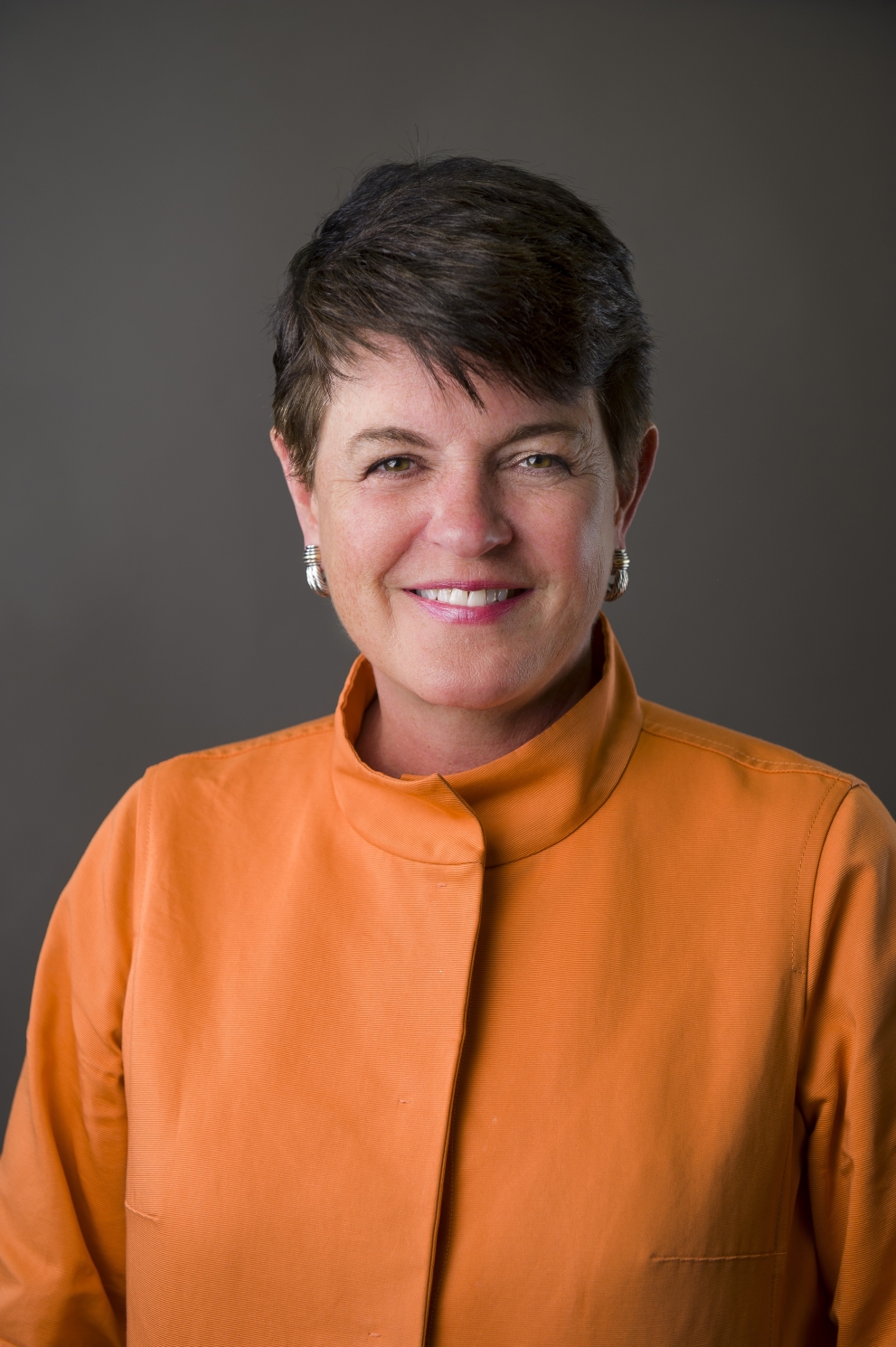
Lisa S. Courtice, Ph.D., CAP
President and CEO, United Way of Central Ohio
Lisa S. Courtice is president and CEO of United Way of Central Ohio, one of the largest United Way organizations in the country. Under her leadership, United Way is helping to mobilize the central Ohio community to reduce poverty. Lisa is a Ph.D. psychologist with over twenty-five years of experience working in nonprofit leadership having served for over ten years as the CEO, Co-CEO and clinical ... Read More »

Lauren Gruenebaum
Chief Product Officer, Root Insurance Company
As Chief Product Officer, Lauren leads the Product, Customer Service, and Performance Marketing teams at Root Insurance Co. She is responsible for the user experience across the mobile app, the front-line support services, and the direct to Play/App Store customer acquisition. Prior to Root, Lauren worked in innovation, strategy, enterprise risk, and capital management at Nationwide Insurance. Additionally, ... Read More »
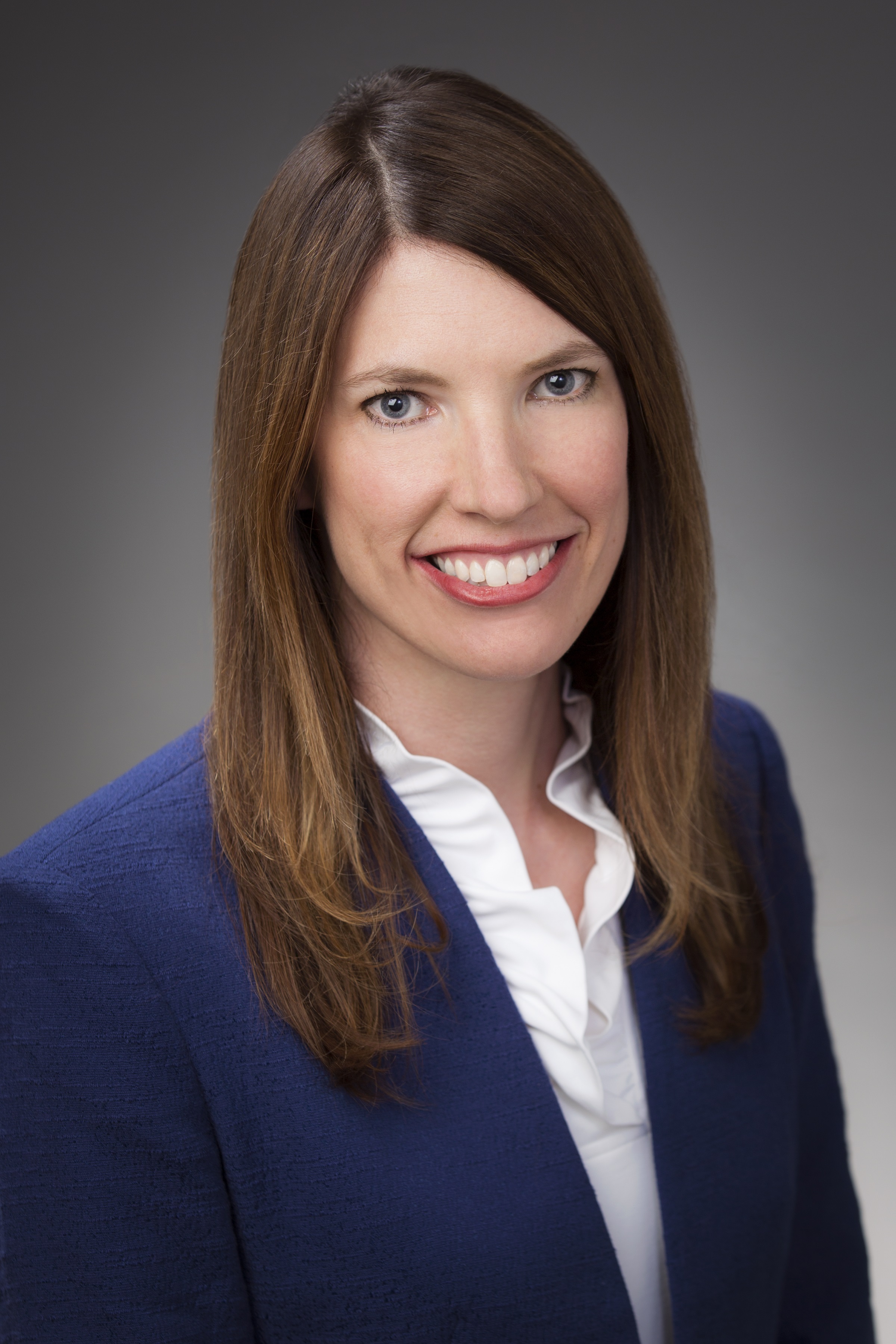
Kathleen Clyde
Commissioner, Portage County
Kathleen Clyde was appointed County Commissioner in Portage County in Northeast Ohio in late December 2018. Kathleen grew up in Garrettsville, Ohio, a small town in northeast Portage County. She attended the James A. Garfield public schools in Garrettsville from kindergarten until 12th grade, graduating first in her high school class. Kathleen went on to earn her B.A. in English from Wesleyan ... Read More »
Mentors
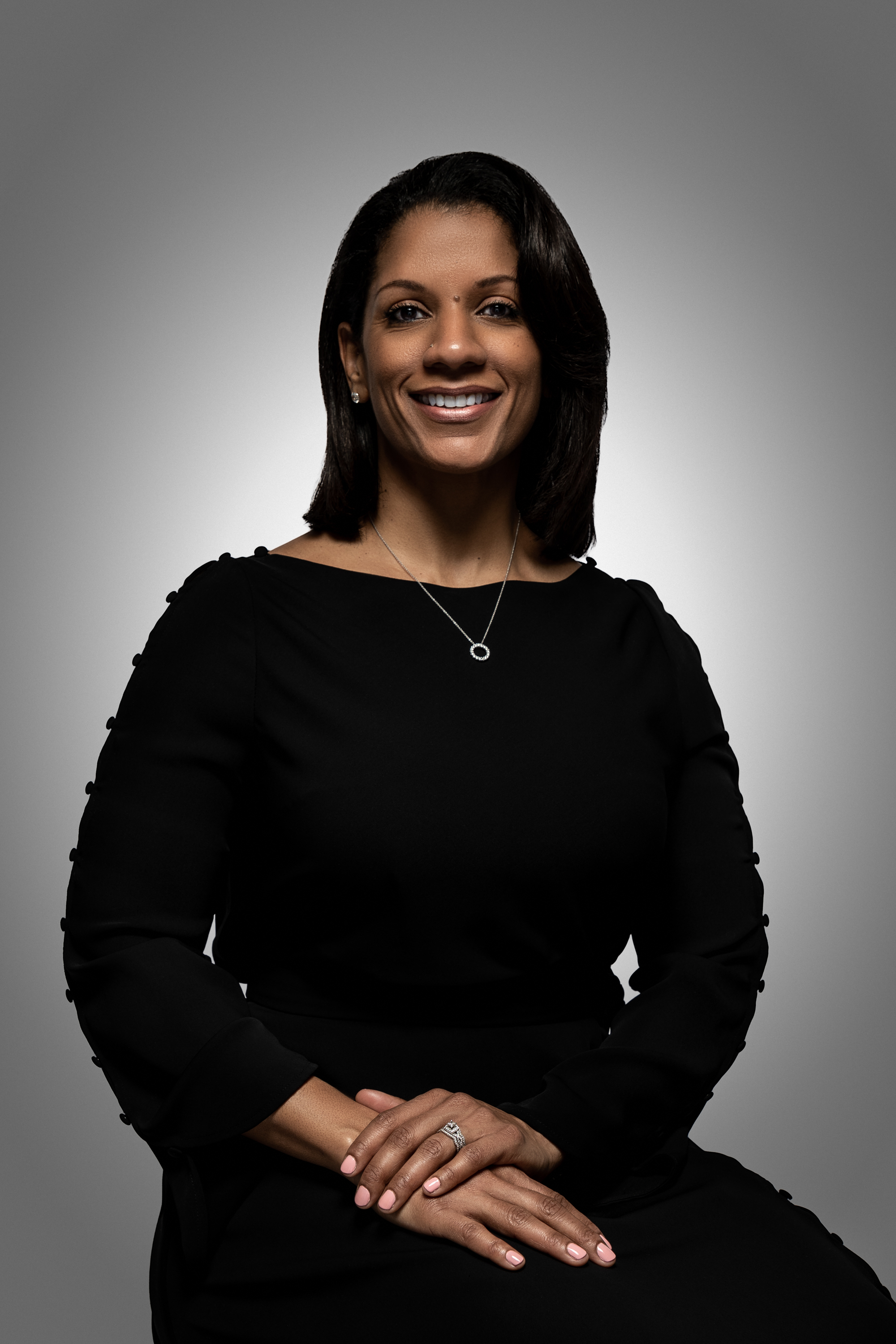
Ramona Mills
Director, Women's Business Center of Central Ohio
Ramona Mills is an entrepreneur in practice and at heart, lending versatility, motivation, and strategic vision in her work. Ramona joined ECDI’s Women’s Business Center with over 20 years’ experience in leadership, program management, marketing and communications; providing a comprehensive skill set that translates into observable business impacts. Balancing both strategic and tactical approaches, ... Read More »
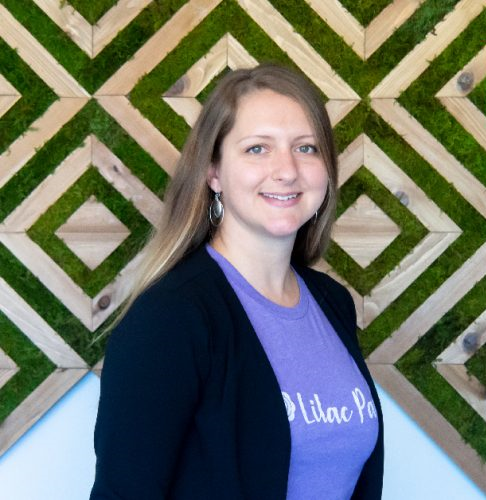
Emily Lawrence
Executive Director, Lilac Pack
Emily built the company Lilac Pack from the ground up - a true "moms helping moms" company, providing care packages to support women in their postpartum period (the first 6-8 weeks after childbirth), with their personal recovery and to help them get their best start nursing. Emily pitched this idea at GiveBackHack and went on to the social enterprise incubator, SEA Change, developing her company while ... Read More »
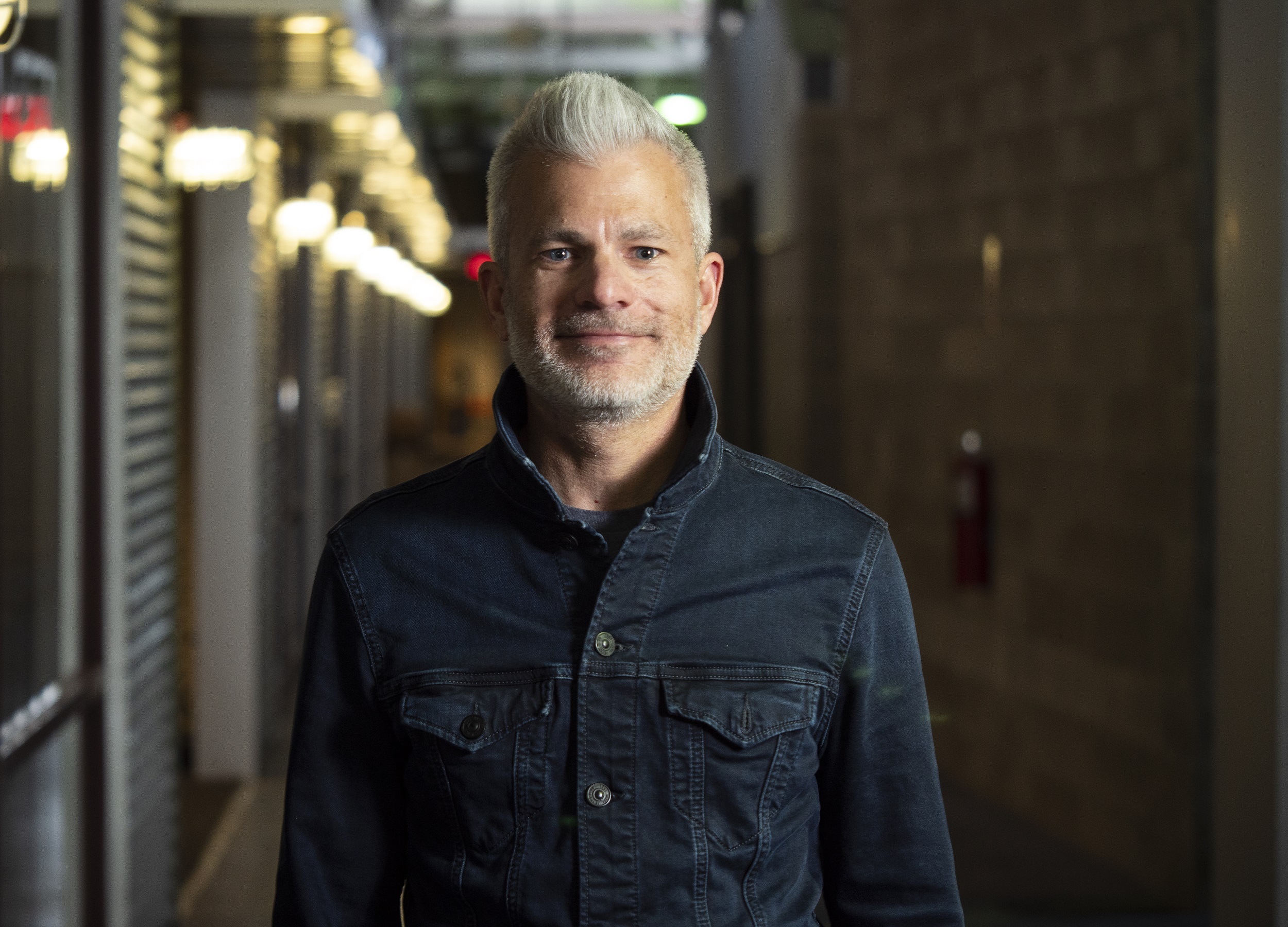
Ryan Frederick
Principal, AWH & Director, Startup Grind Columbus & Director, i.c.Stars
Ryan Frederick has had the privilege of being part of several startups and growth companies. He has helped companies grow from inception, to viability, through to sustainability. During the evolution of these companies, Ryan as served on company boards and been instrumental in capitalization activities. He has also helped companies to expand to international markets. Ryan brings a unique blend of business ... Read More »

Sarah Woods
Founder, Shatter
Sarah is the founder of Shatter, a social enterprise that uses technology to close the gender wealth and leadership gaps. She believes technology can be a powerful tool for social change and is a fierce advocate for women’s equality. She has spent most of her career building kick-ass software products and loving her work, but also getting frustrated by the hurdles and discrimination she and other ... Read More »
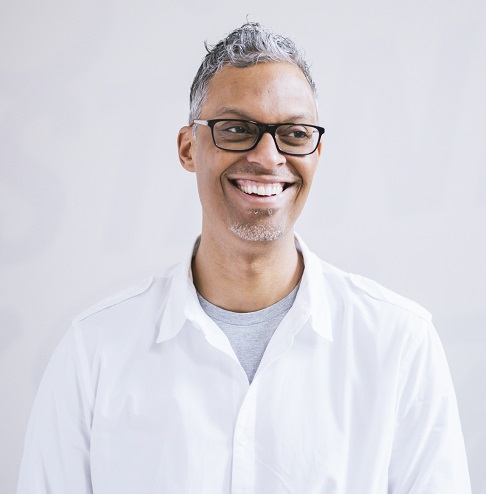
Matthew Billingsley
Co-Founder & Creative Director, Visceral
Matthew is a designer, author, and speaker with over 18 years of UX Design and branding experience primarily for organizations with social responsibility as a key focus. In 2006 he co-founded Visceral where he currently serves as Creative Director. His work for mission-driven organizations has been recognized by Communication Arts, Step Magazine, HOW Magazine, GDUSA, This Good World, Nonprofit World, ... Read More »
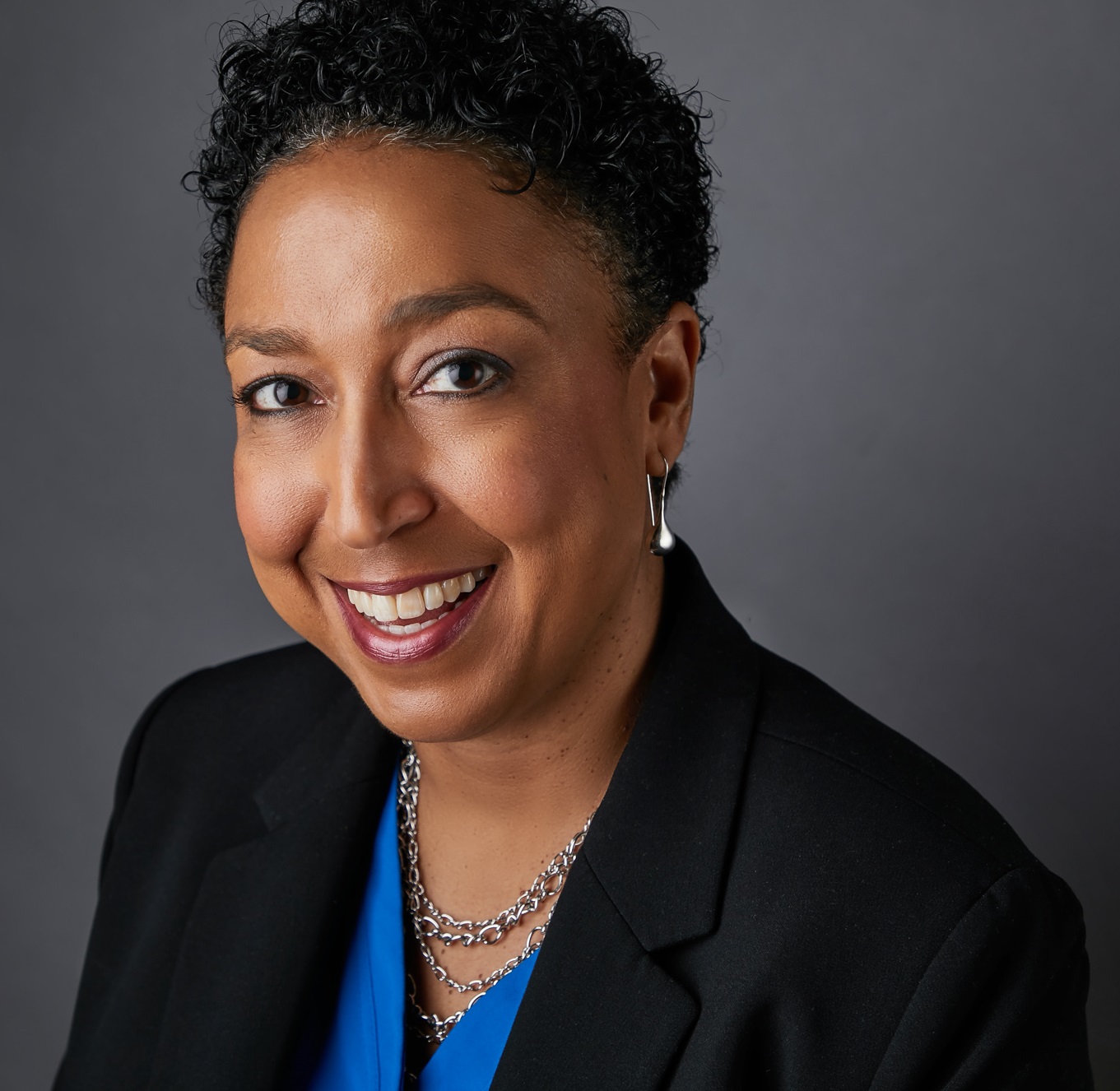
Lisa M. Chambers
National Executive Director, TECH CORPS
Lisa M. Chambers has nearly 20 years of experience building cross-sector strategic alliances and developing nationally-recognized and award-winning, Computer Science (CS) and Information Technology (IT) programs. Lisa joined TECH CORPS as the State Director of the Ohio chapter in 1999. In 2011, she was named the TECH CORPS National Executive Director. In this role, she is responsible for overseeing ... Read More »
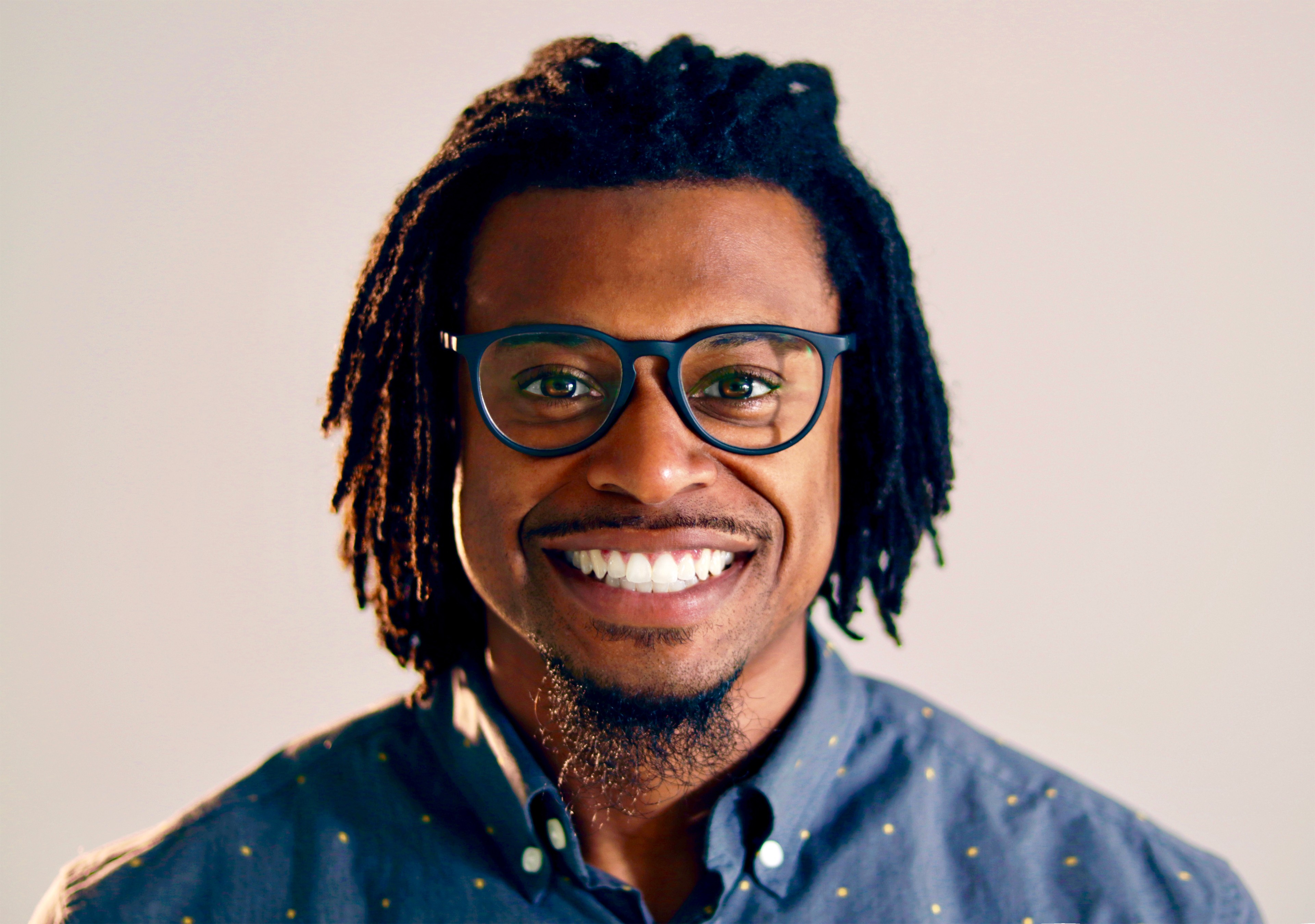
Gerald D.A. Murphy
Pastor, Columbus Dream Center & Director, United School of Ministry
Gerald D.A. Murphy is the Pastor of the Columbus Dream Center and Director of the United School of Ministry (USOM). Gerald lives in Columbus Oh., with his wife Lauren Murphy and their four children, Rilynn, Adilynn, Nehemiah and Taelynn. Gerald has a heart and three-fold passion to help facilitate collaboration in communities amongst each major sphere of influence, to see holistic transformation spread ... Read More »
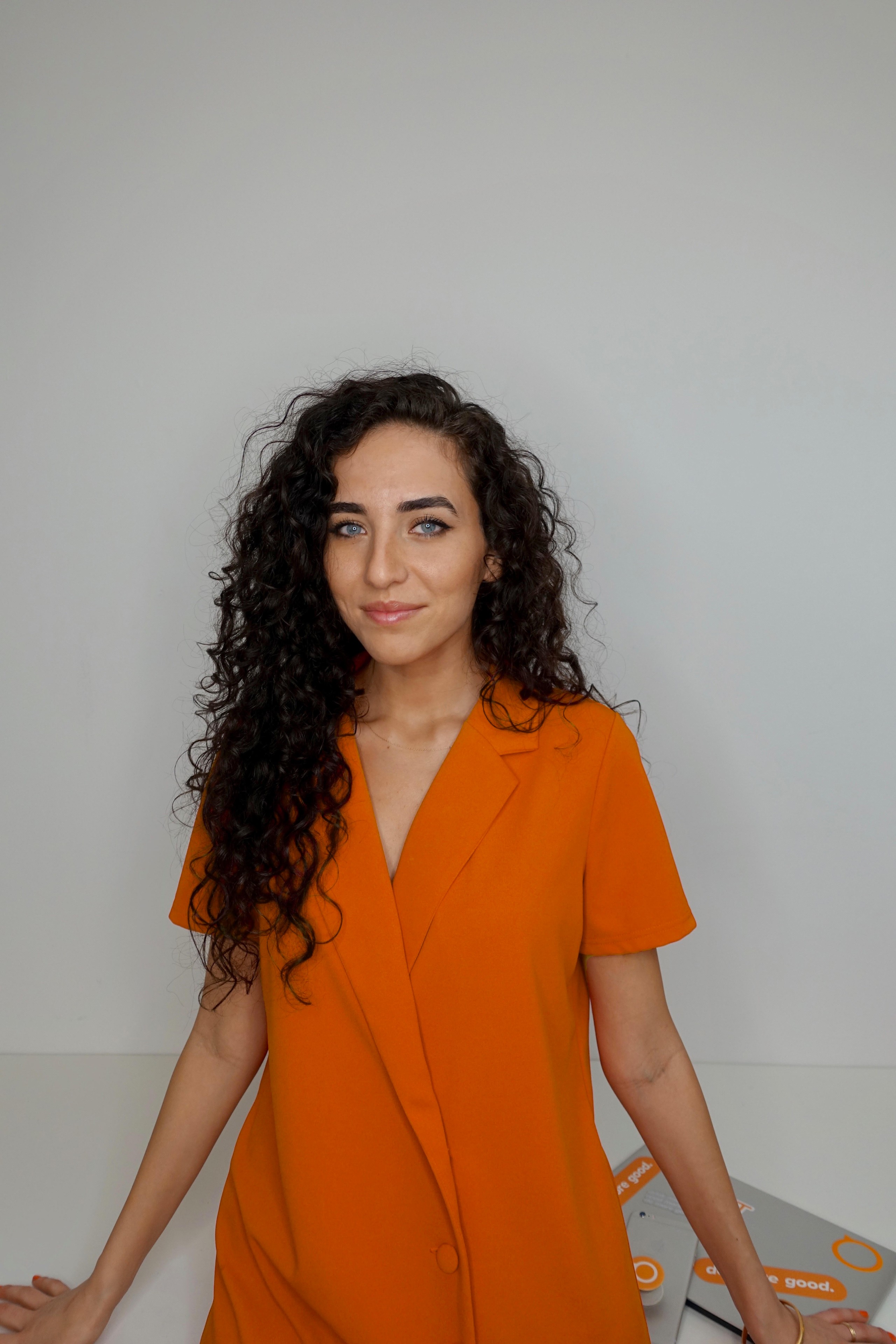
Madison Mikhail Bush
Founder & CEO, POINT
Madison Mikhail Bush is the Founder and CEO of POINT. POINT is a startup tech company making volunteering easier than ordering a Uber. Madison was named one of the Top 10 Entrepreneurs in Columbus for 2018. Both a tech geek and a bio nerd, Madison is also a member of the start up team at Gnome Diagnostics (GnomeDX) as Director of Corporate Development. GnomeDX provides at home clinical DNA testing. ... Read More »
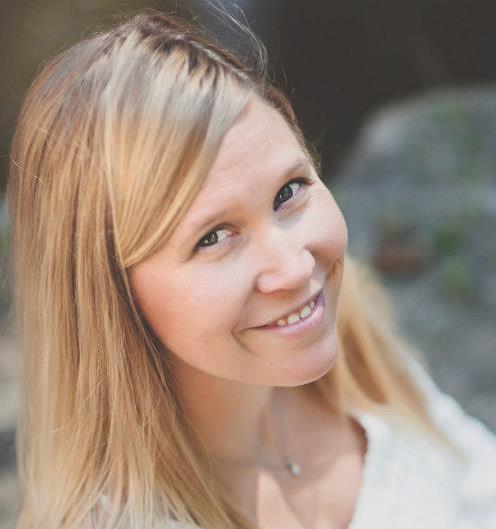
Lauren Edwards
Owner, Next Step Business Consulting
Working to Alleviate Poverty by using our skills to help you achieve your Vision. From start to finish, any project can use an expert at the wheel. Lauren brings years of experience leading teams to success, doing everything from individual project design, creating and implementing overall business plans, to full logistics overhauls. Having spent much of her career in the business and non-profit ... Read More »

Jordan Hamm
Creative Director, Beam Dental
Throughout his career, Jordan has leaned on his human-centered design background and experience as a UX/UI designer and art director to build modern, engaging brand experiences. Working in the pharmaceutical, fin-tech, and insurance industries has given him unique perspectives and consumer insights he's used to hone his craft as a creative professional. Jordan is currently full-time creative director ... Read More »

Ryan Retcher
Partner, LOUD Capital
As a Partner at LOUD Capital, based in Columbus, Ohio, Ryan oversees the day to day Operations of the Venture Services firm. He also acts as the Managing Partner over two of LOUD’s divisions: Legacy Ventures, a platform for Professional Athletes, Entertainers and Influencers to build their brands around Entrepreneurship and Venture Capital and LOUD ED, focused on facilitating the advancement of Education ... Read More »

Falon Donohue
Founder, Sadie Ventures
Falon Donohue is a community organizer, veteran, former CEO of VentureOhio, Founder of Sadie Ventures, and Partner at Narya Ventures. Her work at Narya is thesis-driven, early-stage venture capital funding based in Ohio. Narya invests with conviction in exceptional teams tackling scientifically complicated business challenges. Sadie Ventures is a seed-stage venture capital firm that invests in dynamic ... Read More »

Allen J. Proctor
Founder, SocialVentures
Recognizing a need for a network dedicated to existing and emerging social entrepreneurs, Allen Proctor founded SocialVentures (formerly the Center for Social Enterprise Development and the Community Investment Network in Central Ohio) in 2014. Since that time, more than 100 local social enterprises, more than 380 individuals have been identified and supported through custom consultation, networking ... Read More »

Elaine Grogan Luttrull, CPA-PFS
Department Head, Business & Entrepreneurship, CCAD
Elaine Grogan Luttrull, CPA-PFS is an Assistant Professor at the Columbus College of Art & Design where she serves as the Department Head for Business & Entrepreneurship. Additionally, she is the founder of Minerva Financial Arts, a company devoted to improving financial literacy in creative individuals through education and coaching. Elaine’s area of expertise is building financial literacy ... Read More »
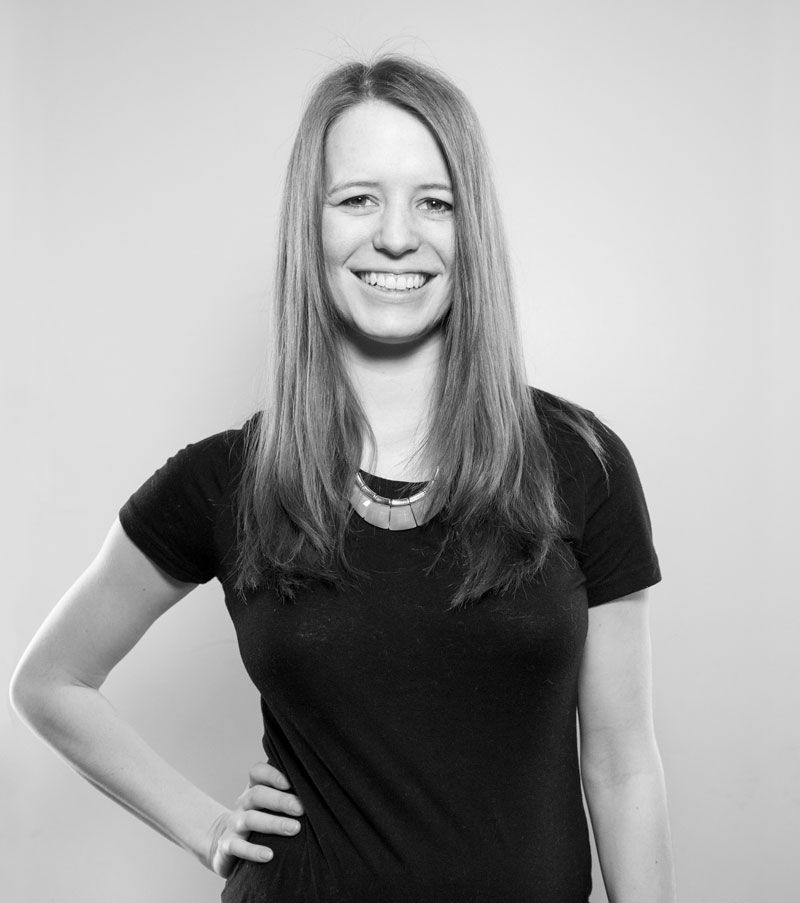
Hannah Greene
Associate Director of Strategy, ZoCo Design
As the Associate Director of Strategy at ZoCo Design, Hannah is obsessed with understanding people, what irks them, and how to translate that into design solutions. When she's not organizing sticky note ideas, you can find her organizing literally anything else.

Lindsey Moeller
Founder & CEO, CONCUR
Lindsey is founder and CEO of Columbus-based skincare company, CONCUR. CONCUR is a conscious approach to skincare that focuses on the foundation of skin health and not the symptoms. They are one of the first to develop a line that protects the skin microbiome, the bacterial ecosystem, that is essential to defend our skin from common issues like acne, eczema and premature aging. Lindsey is also a leader ... Read More »
Speakers
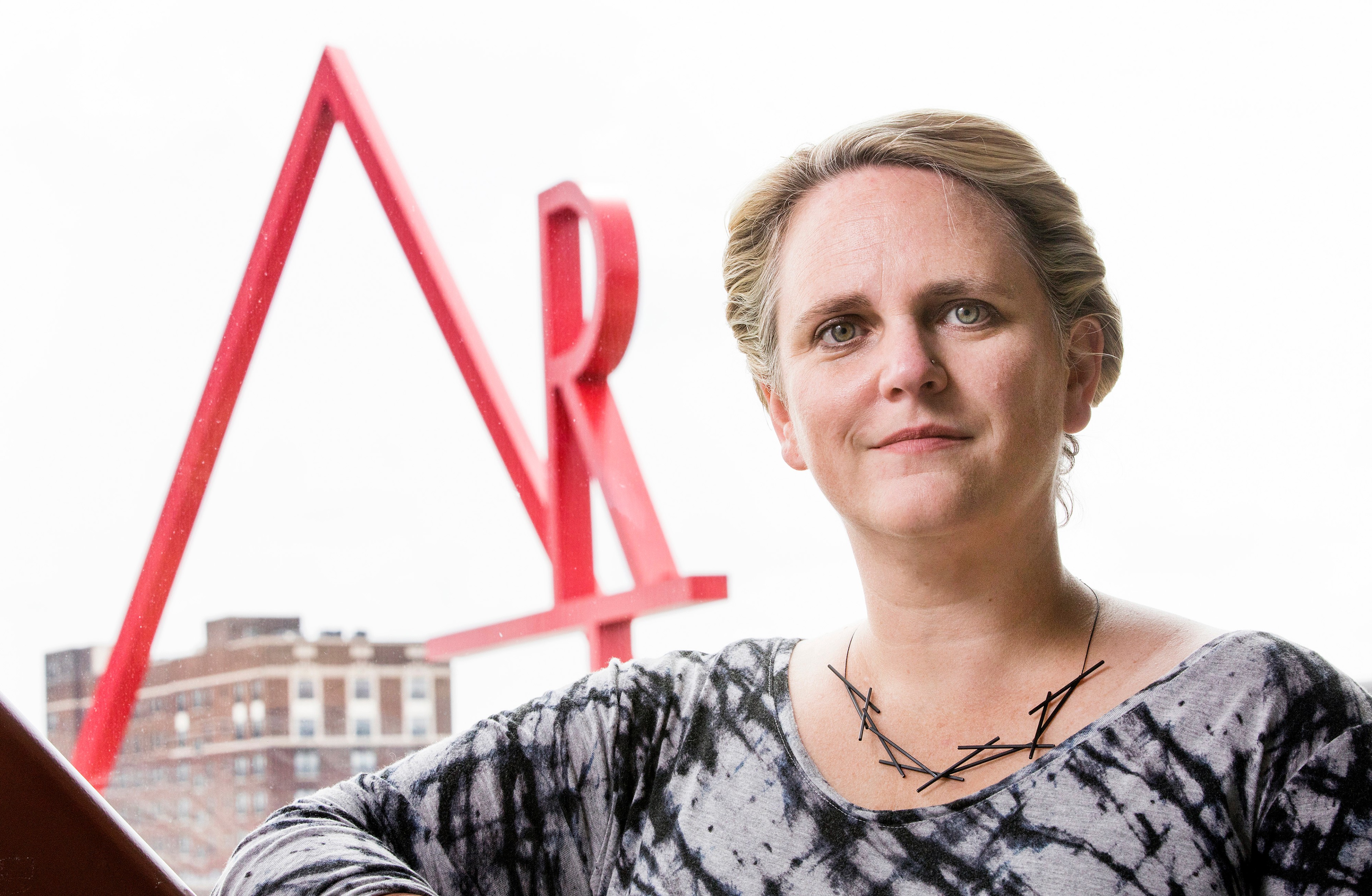
Dr. Melanie Corn
President, Columbus College of Art & Design
Dr. Melanie Corn is the fifth president of Columbus College of Art & Design. In her first two years at CCAD, Dr. Corn has made significant progress on the dual goals of building a national reputation for the college and strengthening CCAD’s role as a leading cultural institution in the region. She has overseen the implementation of a three-year strategic plan, the construction of the new state-of-the-art ... Read More »
Event Sponsors
Lead Sustaining Sponsor
IGS is driven by a set of core beliefs that moves us toward an energy-independent United States, powered by domestically-produced, environmentally-responsible resources. And just as IGS seeks disruptive innovations in the energy space, they take a similar approach to their community investments. For this reason, the company has made social enterprise a primary focus of their philanthropy. IGS is proud to partner with GiveBackHack to invest in entrepreneurial solutions to complex social issues – improving lives by harnessing market forces to get innovations to the people who benefit the most.
Organizers
Rachyl founded @greatercolumbusconsulting from her passion for helping small local businesses succeed. Rachyl is a lifelong Buckeye, with a degree from The Ohio State University, and 20 years of business experience in central Ohio. She has assisted executive teams in securing over $65M in funding, as well as helping businesses of all sizes create strategic goals that are realistic based on their past ... Read More »
Chase is a Senior Associate at LOUD Capital, responsible for directing and managing the bulk of the company’s operational and project management activity. He ensures that effective operational processes are implemented across each of LOUD’s lines of business and is always seeking ways to enhance internal efficiency and improve overall performance. In the past, Chase was a Project Manager for the ... Read More »
Mike is a software developer currently working as a UX/Front-end Engineer at Finite State, a stealth-mode IoT security company based out of Columbus, Ohio. Outside of work, Mike spends much of his time helping to organize and grow GiveBackHack. He is passionate about the organization as he believes social enterprise provides the most solid, sustainable foundation for social change.
Emily is a Design Thinking practitioner by day and a Social Innovation enthusiast by night. She spends her time building the social impact launchpad at GiveBackHack, coaching social entrepreneurs, and empowering communities through Design Thinking facilitation. She is passionate about leveraging systems thinking to build sustainable social solutions, creating true social impact in our communities. Previously ... Read More »
Mike Nichols has been a copywriter for various companies over the last 10 years. Throughout his copywriting career, Mike has worked on a variety of projects including web hosting databases, pharmaceutical pieces, mobile apps, social media, RFPs, and sales catalogues. Over the past 2 years, Mike has lent his extensive knowledge of the English language to non-profit and social impact causes, writing blogs ... Read More »
Lindsay is a recent graduate of the Ohio State University where she received a bachelor's degree in Communications in New Media and Technology, and Design Thinking. Currently she is working as a marketing intern for Office-Image and works on freelance graphic design projects in her spare time. Although she is new to the GiveBackHack family, Lindsay is ecstatic to be involved with the event and to be ... Read More »
Bailey is a licensed social worker working with the Ohio Department for Mental Health and Addiction Services as a community linkage worker. She has spent the last two years working with and in Ohio's prisons to help justice involved individuals safely and successfully transition to the community. Bailey was drawn to the social enterprise world as a pathway for those with criminal backgrounds to find ... Read More »
Derek DeHart has over a decade of experience in tech, with a focus on product management in growth-stage startups. He's passionate about how technology can make a real difference in people's lives and communities. Currently, Derek is helping to boost product adoption and engagement at Alignable, a platform that connects small business owners, by improving the user experience with generative AI. Before ... Read More »
Clayton is a versatile professional with a background spanning hospitality, tech, real estate, and finance. His career journey began in hospitality, where he honed his customer-centric approach, and he transitioned into the tech startup ecosystem, igniting his passion for innovation and entrepreneurship. In real estate and finance, Clayton excelled in strategic thinking and risk management. However, ... Read More »
Ruei is passionate about the startup scene, technology and giving back to the community. She currently works at Grange Insurance as an Emerging Technology Lead and serves on the board of Mental Health America of Franklin County. Prior to GiveBackHack, she was on the Startup Weekend Columbus Organizing team. Outside of working and organizing, she enjoys hiking, cooking and brewing.
Gabriela Torres is a local artist and social impact advocate. This is her second year on the organizing team and she can’t get enough of it! When she’s not helping plan the event you can find Gabby painting at her studio in downtown Columbus or hopping around local art and music events in the city. She also has two adorable cats and loves to dance!
Pre-submitted Ideas
-
1. Composting Columbus Food Waste submitted by Amanda Morgan
Composting Columbus Food WasteSubmitted by Amanda Morgan
What is the problem are you solving?
According to the Washington Post, if food waste were a country, it would come in third for it's impact on climate change. I hope to limit Columbus' food waste.
How will this idea solve the problem?
I aim to limit the food waste generated by Columbus by creating a composting program starting with large scale producers in the local community like schools, chain restaurants, and businesses.
Is this idea brand new or has it been partially-vetted?
Brand New
Why are YOU uniquely positioned to solve the problem? What other people do you need to help?
I'm passionate about agricultural economics and implementing sustainable practices. I'll be graduating in a couple weeks having studied agribusiness and applied economics. Food waste is a topic we've covered in many of my classes and I hope to make a difference in Columbus. Monetization strategy and user experience expertise would be extremely valuable additions to this project.
-
2. Spice Up submitted by Tanya Vora
Spice UpSubmitted by Tanya Vora
What is the problem are you solving?
There is a lack of understanding and compassion for the immigrant and refugee story. Specific to immigrant and refugee restaurants, Instagram blogger's often don't highlight the journeys that chefs went through when posting about food from their restaurants.
How will this idea solve the problem?
My idea is for a group of interest. People will pay tickets to gather and listen to an immigrant or refugee chef talk about dishes that they like to prepare, what led them to come to the US, and potentially prepare a dish for the group.
The goal of the group would be to foster empathy and compassion for immigrants and refugees, as well as help integrate refugee populations into our communities.
Is this idea brand new or has it been partially-vetted?
Brand New
Why are YOU uniquely positioned to solve the problem? What other people do you need to help?
I am a first-generation American. My parent's immigrated here in the '80s. I've seen first-hand how powerful cross-cultural exchanges can be, especially when food is involved. As a user experience designer, I am passionate about empathizing with people and building great experiences.
-
3. Investment For All submitted by Julia Fletcher
Investment For AllSubmitted by Julia Fletcher
What is the problem are you solving?
1 in 3 Americans have less than $5,000 saved for retirement, 21% have nothing saved for retirement. Working-class Americans are adversely affected, with hundreds of thousands retiring into poverty each year. The financial services industry has built barriers to entry for many working-class Americans especially for those without large savings or companies offering 401ks. Non-profits with a financial focus have focused on personal financing education with most programming revolving around budgeting, micro-loans, or credit advice. However, the millions of American excluded from the investment market have not been able to capitalize on the average 10% of return every year in the stock market.
How will this idea solve the problem?
This idea is a B2B financial advisory company focused on employers of working-class Americans. By offering in-person support combined with online modules at an affordable price for employers, we will be able to alleviate the barriers to entry and introduce employees to low-fee investment solutions. 401k plans are expensive for employers to offer, especially for small businesses, this could be an affordable alternative. Plus with the introduction of robo-advisors and free-investment tools such as robin hood, the barriers to entering the investment world have never been lower, if you know where to look.
Is this idea brand new or has it been partially-vetted?
Brand New
Why are YOU uniquely positioned to solve the problem? What other people do you need to help?
As a Finance major, I have spent the last 4 years studying the stock market, Wall Street, and the companies that profit of the secrecy of the industry. I also have a network of educated financial professionals, as well as many ex-wall street advisors. In the past few years, I have helped 3 vastly different start-ups scale up and raise significant amounts of capital, I understand how to successfully pursue growth.
-
4. Captain Groot submitted by Manoj Tammina
Captain GrootSubmitted by Manoj Tammina
What is the problem are you solving?
Almost every single household in United states receive direct mail advertisements every day. Most of these mails end up in trash almost the same day.
What does this mean ?
8% of all US waste
7% of paper waste
04 million tonnes of landfill
21 million tonnes of recycled waste
How will this idea solve the problem?
Making everything digital is the only solution to this problem. But the biggest hurdle is how to reach to the audience. We cannot make every customer to go to 20 different websites to get to know their local advertisements.
Solution: "What is every house is equipped with a cheap smart device (tablet) which has its own power and data connection ?"
Similar to mailbox to every house, if we can invest in smart devices to each household we can electronically publish every single advertisement from the retailers and still reach the audience. The biggest benefit by doing this
1.Save trees
2. Give real statistics to the retailers (how many clicked, how many opened, how many redeemed)
3. Consumer preference based marketing
and many more
Challenge:
Who pays for the device ? Over a period of time (<1yr) the advertisement costs from local retailer can pay it off
Is this idea brand new or has it been partially-vetted?
Brand New
Why are YOU uniquely positioned to solve the problem? What other people do you need to help?
I am Developer and also a full time student (PhD) . My day to day job involves Building and Breaking things.The problem I'm trying to solve is something that I experience every single day in my life. Utilizing all my skills and experience with technology, I am positive that I can bring out a solution that can address the problem over the course of the weekend.
-
5. 1-1-9 submitted by Jennifer Schlegel
1-1-9Submitted by Jennifer Schlegel
What is the problem are you solving?
30% of the emergency room visits by the chronically ill population are unnecessary, and often not requested by the chronically ill societal member. A unwarranted ambulance may cost these individuals a $1000 a trip. This cost is estimated to total at $8.3 billion annually. 1-1-9 seeks to fill this gap by creating a system to allow societal members with chronic and recurring health problems to take control of their health incidences, while allowing them dignity and respect in the face of what the general population deems a "medical emergency". Ultimately, we hope to redefine what a "medical emergency" means. Imagine if someone called 9-1-1 for you, every time that you sneezed. It is a similar feeling to have a chronic illness.
How will this idea solve the problem?
The solution to this problem is a system that allows chronically ill individuals to control the response to medical situations. The system could alert a passerby to the individuals exact needs, and evaluate the current situation through a series of brief yes/no questions that would tell the passerby what attention the situation may merit, whether that be contact an emergency contact, contacting a physician, or when warranted, contacting 9-1-1. The system would explain to the passerby that the individual does not hold them responsible, and appreciates their respect for the individual's wishes. The yes/no questions the application would be set by the individual, in conjunction with their healthcare provider(s).
Is this idea brand new or has it been partially-vetted?
Partially-vetted
How you have vetted your idea and the success or difficulties you have seen thus far?
This idea is currently a concept, however, it has received success at several idea-pitch events (Business Builders Club (placed third) & Wexner Medical Center Brain Health Hack: Chronic Brain Injury Challenge (placed first)). The difficulty with the project has been a lack of resources to take it from idea to reality. As a founder, I do not currently have the physical capabilities to be able to develop the platform on my own, but I am excited to potentially find partners in this endeavor.
Why are YOU uniquely positioned to solve the problem? What other people do you need to help?
I am uniquely positioned to solve this problem because I live the problem on a daily basis.
-
6. Online resources for travelers with mobility differences submitted by Bridget Tharp
Online resources for travelers with mobility differencesSubmitted by Bridget Tharp
What is the problem are you solving?
Meet Jacob. He's 36, living with muscular dystrophy by getting around in an electric wheelchair. Jacob requires total care, from assistance eating to dressing but he loves to travel. His aide helps transfer him into bed with a Hoyer lift, a simple device that balances his weight with a wide metal base. That means when he stays in hotels, he needs open space under the bed. To his dismay, most hotels are following trends to use beds with frames that leave no space under the bed. On a recent trip, despite having called ahead and being assured by the front desk that he would have no difficulty, the accommodations included the worst possible bed design for him. Staff had to take apart the bed and bring in another-- a necessary extravagance that embarrassed Jacob.
Meet Stevie. She's 30, and has a spine injury that means walking takes an incredible amount of effort and strength. She gets around in a simple wheelchair. She travels around the country for her friends' destination weddings, and is often frustrated when she can't find a roll-in shower at a hotel: something that is above and beyond ADA compliance but is the difference between having a private shower and her husband helping her in. She always calls ahead to hotels, but sometimes is aggravated because hotels sometimes give away their most accessible rooms to customers who aren't disabled.
Similarly, Make-A-Wish Ohio, Kentucky & Indiana sends about 500 local families on travel wishes every year, including about 250 from central Ohio. Many of the local Wish Kids who are coping with a life-threatening conditions now will continue to have a mobility challenge as a result of their childhood condition. And these kids are living longer than they might have when the organization was founded in the 1980s-- now 80% of these kids go on to live long after their wish.
Despite the Americans with Disabilities Act, barriers remain for those living with disabilities or mobility challenges during travel. As many as 25.5 million Americans age 5 and older have self-reported travel-limiting disabilities. 13.4 million are age 18 to 64, according to the U.S. Bureau of Travel Statistics (www.bts.gov/topics/passenger-travel/travel-patterns-american-adults-disabilities). And because adults with disabilities are more likely to live in poverty, these travel barriers create a disproportional financial burden when a pre-booked hotel does not provide appropriate accommodations and the city offers few appropriate alternatives.
How will this idea solve the problem?
The disabled community requires a higher level of service from the hotel industry. It would be extremely helpful to help a differently abled person find the best hotel option for them by offering a special "gold wheel" certification or star rating system for accommodations above and beyond ADA compliance. Every person living with mobility issues has a unique challenge. Stevie doesn't need the same features as Jacob, for example, so a focus group of adults with these different needs could be assembled to list the unique features a hotel room should have for their comfort. A survey to hotels could be deployed, and results of hotels with those features could be listed on a website. When a guest with a disability visits, he or she could certify the "gold wheel" which would only be good for one year.
Is this idea brand new or has it been partially-vetted?
Brand New
Why are YOU uniquely positioned to solve the problem? What other people do you need to help?
I have seen the problem first hand through my friendships and experience as a volunteer and fundraiser with Make-A-Wish. As a former journalist, I think some of this information could be gathered cost-free through a Freedom of Information Act request, I am skilled at convening people and listening in order to assemble a focus group, and my writing skills could serve to create a hotel survey.
-
7. Rise Mental Fitness Studio submitted by Reed Walter
Rise Mental Fitness StudioSubmitted by Reed Walter
What is the problem are you solving?
Mental health is an increasing public health concern. United States’ suicide rates increased by more than 28% since 1999, mental disorders account for 25% of disability in many western countries, and wait times to access mental health services typically increase as we add more resources. Why has mental illness become such an important problem to society? While there is much debate on whether mental illness has become more prevalent or whether we are living in a less stigmatized society, the demands on our mental health are trending up dramatically. In the last 50 years we have made a transition from physical labor to mental labor being most valuable to our economy. However, we have not meaningfully expanded the mental health system beyond treating serious illness. We have only very minimal proactive services or opportunities to improve health such as in the physical health space. The existing mental health system resembles a dental system where you could only access toothbrushes if you already had a cavity.
How will this idea solve the problem?
Rise Mental Fitness Studio allows members to access activities and programs to track, maintain, improve and eventually rehabilitate their own mental health.
MVP
Our MVP is called RiseGroup and will be the operating system for The Studio. RiseGroup is a facilitated weekly peer video-chat providing a supportive infrastructure for members to talk about mental health, seek & apply new ideas in their lives, and meaningfully track their mental health. RiseGroup is effective, sustainable, and highly scalable. RiseGroups can be formed anywhere along the continuum of mental health services. Graduating college and don't know how to handle it? There's a RiseGroup for that. Lost your significant other? There's a RiseGroup for that. Just want to talk about what you're experiencing in life? Awesome! There's a RiseGroup for that!
Vision
RiseGroup connects and extends the continuum of behavioral health services, serving as an operating system for an upgraded mental health industry. As members desire or require other programs, we support them as they work to connect with those resources.
The Studio assists other Mental Fitness Creatives in packaging and delivering their intellectual property to our members.
Businesses recognize the value of mentally healthy and fit employees and pay for memberships and incentivize utilization
Is this idea brand new or has it been partially-vetted?
Partially-vetted
How you have vetted your idea and the success or difficulties you have seen thus far?
I launched our first program in March 2019 and have had 18 members. I have had a lot of difficulty learning to communicate our value proposition widely and in building the digital infrastructure to support it.
Why are YOU uniquely positioned to solve the problem? What other people do you need to help?
I have struggled with mental illness for two decades, sought treatment, pursued mental fitness training and organized in the community.
I started creating mental health awareness campaigns in 2013. During the 2016 Ohio State University Mental Health Matters Week, 750 volunteers spread 35,000 pieces of collateral telling the community that Mental Health Matters and here are the local resources to take care of yours. For a brief moment in time, we received a glimpse into what our society could look like with little stigma. The stigma that had suppressed demand for these resources was briefly lifted. Wait times for resources tripled, the university nearly doubled the size of the counseling center, and wait times returned to “normal” range of 3 weeks. A lack of quantity and diversity in supply saw the system return to it's normal stigmatized levels of wait-times. Rise Mental Fitness Studio was borne out of the lessons learned. -
8. LOUD submitted by Angelica Johnson
LOUDSubmitted by Angelica Johnson
What is the problem are you solving?
LOUD is an organization aimed at improving the job search experience for people with disabilities while advocating and championing their individual needs.
How will this idea solve the problem?
Our platform will lessen the unemployment rate with persons that have hearing, mobile, and visual disabilities in the United States
Is this idea brand new or has it been partially-vetted?
Partially-vetted
How you have vetted your idea and the success or difficulties you have seen thus far?
We only have a name and a partially done business plan. We created the idea and presented at Start-up week and have met once after it was over. We still need people on our team to help develop the prototype do some design and marketing, among other things.
Why are YOU uniquely positioned to solve the problem? What other people do you need to help?
I have a background in Technical Recruiting and believe this is a need in several small, medium and large companies
-
9. Matter News submitted by Cassie Young & Jaelynn Grisso
Matter NewsSubmitted by Cassie Young & Jaelynn Grisso
What is the problem are you solving?
Local news doesn't properly inform central Ohioans of what is going on in their own communities and how they can impact their community. We seek to solve 3 major issues we see with local news:
Problem 1: Local News Isn’t Local
Media conglomeration has closed down a lot of independent and smaller outlets
Traditional local media isn’t locally owned anymore. In 2012, The Columbus Dispatch Printing Company bought up other local outlets, closed some of them, and laid off about half of the total staff. You may think of Columbus CEO and Columbus Alive as separate entities, but they are all owned by the Dispatch. In 2015, The Dispatch and all of these other outlets it owns were bought by Gatehouse Media, which is based in New York. Effects:
-Lack of local context
-Lack of competition/diversity in media
-Lack of $ for investigations, resources are spread thin
-Decisions made in faraway boardrooms/newsrooms
-Coverage not grounded in the community
Our Solution:
-Matter is locally owned & operated
-Reporters are grounded in community and hail from various public and private industries across central Ohio
-Investigative Content
Problem 2: Local News Is Inaccessible
There are no nonprofit news outlets covering central Ohio. The media is supposed to be “the fourth estate” AKA a check on the 3 branches of government, but profit takes precedence over quality journalism. People are left with the choice to pay several subscription fees in order to get their news, leaving low-income people without valuable information about their community. Journalists can’t play this watchdog role if their outlets are funded by advertisers whose business could be hurt by certain content/investigations. And, because keeping advertisers happy is their goal, they are going to make click-baity content that increases their view count. Plus, they might eliminate nuance so that their pieces are shorter. All of this means less important stories and voices are heard.
Our Solution:
-Free content (our content is accessible to all, regardless of wealth)
-Nonprofit model - we are funded by donations from people and organizations who care about our mission, rather than by advertisers with a profit motive.
Problem 3: Local News is Boring & Depressing
Do you ever feel like the news just doesn’t cover the things you care about? Do you ever wish you could access local info in the form of podcasts, mini documentaries, animated explainers, and more? Local news is often done in a traditional way: newspapers print traditional articles in print and online; tv stations air short video segments; digital publications mainly stick to photo, text, and video. But we know everyone learns differently and cares about different things. Effects:
-People don’t consume local news.
-When they do consume news, they feel a lack of context/solutions and get disempowered.
How will this idea solve the problem?
Our Solution:
-Multimedia Content: We make interactive graphics, explainers, animations, podcasts, documentaries, and more!
-Deep Dives: We are issue-based. We don’t cover scattered happenings, but rather we hone in on specific local matters and we cover them with all different content until we feel we’ve sufficiently its depths.
-Community Input: Our matters are chosen by the community members, not by us in the newsroom. We choose the issues we cover via market research, surveys, and meetings with community leaders.
-More investigations/depth/stories being told that people care about in engaging and entertaining formats
Is this idea brand new or has it been partially-vetted?
Partially-vetted
How you have vetted your idea and the success or difficulties you have seen thus far?
Successes:
We have built our news outlet's basic structure and branding and have begun publishing content. We are in the prototype stage because before we could really fundraise, we had to show people what a nonprofit, issue-based, investigative nonprofit looks like. Our team has grown exponentially in a very short period of time and we have a dedicated, talented, and young volunteer staff. We have several pieces of content on matternews.org and our social media and we are very proud of our multimedia content. We have articles, explainers, interactive maps, mini documentaries, podcasts, and more online and in the works. We are even partnering with other local media such as Columbus Navigator and WCBE to make even more creative, depthful, investigative content.
Difficulties:
We are struggling to put additional infrastructure in place due to a complete lack of funding. For one, our cofounders are in danger of burnout. We need additional branding, marketing help, fundraising help, legal services, a more comprehensive outreach/engagement program, and money to conduct research into what issues matter most to central Ohioans (that's how we choose what issues we cover!). We also need funds to pay our team. We don't like the fact that we have 15+ people working for us at a given time for free. None of them are well enough off that they can work for free for very long. Not having a paid team makes administration difficult on my cofounder and I; managing all of these people is difficult, plus it's difficult to enforce deadlines, etc. when they are so part-time and unpaid. We have even more people who want to create content for us, but because we don't have funding or administrative help, we can't expand our team. We also lack the physical space to expand. We rent a tiny office in a coworking space and it's open air, which makes talking to sources and about investigations risky. Additionally, we need legal services to protect us due to our investigative work. Getting our fiscal house in order and expanding our team would allow us to cover more important issues and tell more stories that benefit more people in Columbus.
Why are YOU uniquely positioned to solve the problem? What other people do you need to help?
My cofounder is a professional freelance journalist who has worked for national investigative magazine Mother Jones, as well as a local news outlet in Honolulu. I am a government innovator and project manager with master's degrees in social work and public policy, as well as experience in community organizing. Our combined skill sets, shared vision/passion, and personalities make us outstanding partners. She helps us incorporate the best standards of journalism into our practice, while I challenge us to push the boundaries set by the news industry.
Jaelynn arrived at her passion of building a local news outlet from the issues she saw from inside the journalism industry. I arrived there from outside the industry and from inside of government: I went to grad school so I could get into a more powerful government position so I could improve policies and programs, but now that I'm in that position and see how things really work and especially considering where we are as a country politically, I feel we need to address deeper issues via knowledge sharing and storytelling. We both edit ALL of our content: Jaelynn edits for journalism standards, while I edit for context (public policy, government, community organizing, etc.) This gives out content depth, context, and innovation. -
10. Bonifier submitted by Ryan Scott
BonifierSubmitted by Ryan Scott
What is the problem are you solving?
It’s our belief that no child should have to journey through life in a state of fear, especially a child already suffering through an illness. Yet currently more than 2/3 of children receiving inpatient medical care in the US are left alone to grapple with the complex emotions that result from living with a life-altering illness. And studies show mental health has a direct impact on a child’s overall long-term health and well-being, and, if left untreated, can spiral into very real consequences for both the child and society.
Additionally, patient fear and anxiety create an environment that increases stress and burnout of healthcare professionals while lowering patient satisfaction and outcomes. For hospitals this environment can contribute to higher personnel turnover, as well as loss of revenue due to poor patient satisfaction surveys and overall clinical inefficiency.
How will this idea solve the problem?
The first step in fulfilling our mission to alleviate the fear, anxiety, and loneliness experienced by children living with a life-altering illness is to catch kids before they fall through the cracks. Currently, children facing an illness have their mental health assessed at a single point in time upon receiving their physical diagnosis. Unfortunately, just because a child is considered subclinical at one point of time doesn’t mean they won’t struggle with fear or anxiety at any other point in their treatment journey. However most children are not reassessed until there is an obvious behavioral change – at which time some damage has already been done.
I propose creating a tool that provides care-teams with the data needed to generate a perpetual mental health assessment to help uncover those currently overlooked by the system and initiate intervention sooner.
Is this idea brand new or has it been partially-vetted?
Partially-vetted
How you have vetted your idea and the success or difficulties you have seen thus far?
Over the past year we have spoken with an extraordinary number of children, families, and clinicians to understand their specific pain points and have validated the unfortunate scale and severity of the problem. Our conversations with healthcare professionals, in conjunction with relevant secondary research, serve as a guide for our development of an effective solution.
We have received a modicum of success through our participation in prior startup events but continue to face difficulties. These difficulties revolve around assembling a well-rounded internal team with the necessary expertise, and the struggle to secure continual access to mental health and pediatric health professionals to enable us to efficiently achieve clinically sound progress.
Why are YOU uniquely positioned to solve the problem? What other people do you need to help?
I have spent my career connecting dots and crafting solutions, building a track record of accomplishing things few others have. I have experienced this problem within my own family and so for the past year I have worked full-time to bring this concept to life – but I need help to move it further faster.
-
11. Tego submitted by Angela Rucci & Mark Thorn
TegoSubmitted by Angela Rucci & Mark Thorn
What is the problem are you solving?
Protecting people when walking alone.
How will this idea solve the problem?
Tego automatically notifies your contacts when you arrive at your destination. Most competitors do not have an automatically arrival detection that is easy to set up. Also, Tego has a panic mode state when you feel unsafe along a trip. In the panic mode, Tego will take video footage and send it to your contacts who are protecting you along your trip. None of our competitors do this. Tego is a better solution for young adults who need an extra layer of protection while traveling.
Is this idea brand new or has it been partially-vetted?
Partially-vetted
How you have vetted your idea and the success or difficulties you have seen thus far?
We launched on March 1st, and you can now find the app in the iOS app store. We have 839 users as of April 10th and are constantly looking on ways to better help people get home safely.
Why are YOU uniquely positioned to solve the problem? What other people do you need to help?
It was my first week of living on my own in Columbus. I just left my small town, and I finally felt like an adult. I was shopping at a local grocery store and a man followed me for several isles. Once I finally noticed I was being followed, he grabbed me and started thrusting himself on me. Since then, I felt scared pretty much every time I left my house. I was constantly calling my dad while walking from work, school, or bars. That was when I originally had the idea of creating an app that would automatically notify friends when you arrived at your destination.
Tego is founded by two computer science engineers from Ohio State University. We have developed several apps before that are now available in the iOS app store. We are also the only company in the personal safety technology space that is co-founded by a female young adult. Although the market has many solutions, our vision is more closely aligned with what other women need, as shown by the success with local Ohio State sororities. Safety solutions should be dependable, convenient, and discrete. Our mission is to become the leader of all three within the personal safety space.
Other companies are founded by men that know the problem exists but don't understand the nuances that women look for in their personal safety. I have been harassed while walking alone or with a group of women, leading me to carry pepper spray daily. This is a problem that most people know about, but I am living with it every single day. -
12. Creative Currency submitted by Erica Abrams
Creative CurrencySubmitted by Erica Abrams
What is the problem are you solving?
Loneliness, Creative Currency can fill the gap we have with community support while simultaneously provide knowledge and share talents to others within our community. happy people are half as likely to catch a cold and 50% less likely to experience a heart attack or stroke. What’s more, 2 years ago, we shared the findings of a Harvard University study, which found that a person’s overall happiness and physical well-being is heavily dependent on whether they belong to a strong community and have quality social connections, Ohio is a report on June 10th 2018 which states “Suicide rates in Ohio have increased by 36 percent depression is exasperated by feelings of isolation, community involvement and feeling valued has a profound effect toward feelings of worthiness.
How will this idea solve the problem?
Creative Currency is an application for exchanging ideas/ knowledge and skills. It is user specific yet neighborhood based. Similar to Nextdoor application but instead of it being neighborhood event or item based it is people based and your talent/ knowledge brings the value to the community I wanted there to be an easy way for people within the community to learn and share knowledge on ways to get through all the seemingly endless bumps along the road we all face. The idea that the strength in our communities could help all of us to harbor ingenuity and grow toward our best versions is incredible to me.The caveat to this is knowing one another so we can be there for one another. This is what is at the core of Creative Currency.
A quick example is of myself: Last summer our first full summer in our home here in Columbus our air conditioner would not start, we fiddled with it tried youtube realized our unit is ancient and then grappled with calling a repairman. It turns out our breaker on the unit had been turned off. Had we felt comfortable and had an easy way to ask our neighbors who no doubt may have or had similar air conditioner units to us we could have saved over 70.00. In fact recently I met a neighbor who has owned his house since it was built in the 60's this 90 year old neighbor could have easily told us the problem had we met or known of him when we moved in. I will know my project works when members in my community with similar small easily checked out issues feel they can reach out to their nearby neighbors for help and are able to give back to them with their knowledge as well. This will be achieved by them providing testimonials on both their neighbors profile and within the small community segments. This way their security and comfort with their place in the community can be voiced. The relationships built then last lifetimes outside of the application.
Is this idea brand new or has it been partially-vetted?
Partially-vetted
How you have vetted your idea and the success or difficulties you have seen thus far?
I completed the parent leader training institute in Columbus Ohio this year my community project is Creative Currency, I have created visuals and a clear vision that I have presented to members of the community with positive feedback.
Why are YOU uniquely positioned to solve the problem? What other people do you need to help?
I fill many roles within the community, PTA, garden volunteer, aid with food pantry, CCS family ambassador, volunteer with Femergy a non-profit.. etc. I see all these connections around me and we all have them but often do not know of them because most do not communicate with their neighbors enough. I could have used this app MANY times though out my life and even now. Growing up I was much more shy than I am now so I missed out in many ways on opportunities. Now with the age of social media this should be something we can solve ! this communication gap is something that once solved can help a ton of people lead easier and more fulfilled lives. I want to pioneer this because I make it a priority to know my neighbors and communicate regularly enough to see and know the benefit. I also have the design skill to be able to visually give it life. I may lack technical application coding skills but in every other area even advertising I am positioned for this applications fruition.
-
13. Rags submitted by Cole Still & Laney Ronske
RagsSubmitted by Cole Still & Laney Ronske
What is the problem are you solving?
Transgender Unemployment & Homelessness
How will this idea solve the problem?
We will mentor, clothe & employ T/GNC/NB individuals. Partnering with Mozaic we'll offer medical care & with the Mikayla Denise Foundation we will offer housing.
Is this idea brand new or has it been partially-vetted?
Partially-vetted
How you have vetted your idea and the success or difficulties you have seen thus far?
Why are YOU uniquely positioned to solve the problem? What other people do you need to help?
I have worked first-hand with this problem at Equitas Health. Without Trans individuals basic needs being met, they cannot even focus on healthcare or battling societies expectations of them. It's a cycle.
-
14. South Side Early Learning submitted by Colin McGinnis
South Side Early LearningSubmitted by Colin McGinnis
What is the problem are you solving?
In order to provide holistic, high-quality early childhood education we need to identify needs of children and families early. However, unless families are letting schools know of problems or concerns, it is difficult to be preventative in meeting needs. Additionally, while schools collect data on student growth, it is rarely used in a holistic way.
How will this idea solve the problem?
We aspire to live in a society where all children can grow up to access the same opportunities and find success. For many children who are born into poverty however struggle to make ends meet as adults. When we focus on the "why" of economic mobility, conversations tend to focus on access to a college, or even high school, education. However, for poor children, the gap between themselves and their more affluent peers start in the youngest years. Poor children start school at a disadvantage. Their health, behaviors, and skills make them less prepared for kindergarten than children growing up under better economic conditions.
Early childhood programs, especially those in Early Head Start and Head Start partnerships, collect troves of data on each child—family demographics, types of meals served, academic achievement, attendance and behavioral insights to name a few. To ensure that all children are entering Kindergarten ready to learn, the South Side Early Learning is seeking to build an preventative early warning model to identify students who are not making sufficient academic and developmental progress using data already collected on academic outcomes, attendance, family services provided and other measures.
Is this idea brand new or has it been partially-vetted?
Partially-vetted
How you have vetted your idea and the success or difficulties you have seen thus far?
The team at South Side Early Learning has been working with community partners to clean our data and convert data to a digital format. This idea has been supported through the Google Data Solutions for Change Grant Program.
Why are YOU uniquely positioned to solve the problem? What other people do you need to help?
As CEO of South Side Early Learning I know the barriers early childhood programs have in effectively using data. Given my background in the field, and training as a developmental psychologist, I am very familiar with intervention and program evaluation.
-
15. Willow submitted by Georgia Sutter
WillowSubmitted by Georgia Sutter
What is the problem are you solving?
Finding the right rescue pet is hard task.
How will this idea solve the problem?
It helps streamline information about adoptable dogs in the area and allows shelters an easy way to keep up with their dogs.
Is this idea brand new or has it been partially-vetted?
Partially-vetted
How you have vetted your idea and the success or difficulties you have seen thus far?
We participated in Startup weekend and did some market validation for the product.
Why are YOU uniquely positioned to solve the problem? What other people do you need to help?
Our team has developers, a designer and the business side. We are all animal lovers and Georgia struggled with finding her perfect pet 3 years ago.
-
16. T’s Bees Presents Have A Hive™ submitted by Trent Balduff
T’s Bees Presents Have A Hive™Submitted by Trent Balduff
What is the problem are you solving?
Lowering the total expense that is related to the hobby of beekeeping while providing individuals and groups to help support the environment at the same time that they are incentivized for doing so.
How will this idea solve the problem?
The sponsorship program subcontracts beekeepers after providing them with discounted bee packages. T's Bees then sends the sponsors bi-products from the hives that they made possible. Win-Win!
Is this idea brand new or has it been partially-vetted?
Partially-vetted
How you have vetted your idea and the success or difficulties you have seen thus far?
We have built the website and are currently discovering our target market and most likely customer. It has a trademark being registered. T's Bees was recently admitted into the U. of Akron's I-Corps program and is being legally monitored by the SEED Clinic at Akron as well.
Why are YOU uniquely positioned to solve the problem? What other people do you need to help?
I am the only organization offering extensive incentives to beekeepers, beekeeper associations, sponsors, and the environment in the NorthEast Region of the United States.
-
17. Scenic submitted by Alex Haberski
ScenicSubmitted by Alex Haberski
What is the problem are you solving?
Dynamic navigation apps only provide routes that offer the fastest route from point A to point B, and daily driving can be stressful and mentally unappealing.
How will this idea solve the problem?
Scenic will offer users a route that gets them from point A to point B on the most beautiful route possible using a proprietary routing algorithm. Scenic will also work with its community of users to nominate new official scenic byways (at state, national, and county/town levels), plant tree farms to combat global climate change, and bio-remediate areas that have been devastated by industry. Scenic can show users that there are no flyover states, as well as plan beautiful trips without losing much time compared to normal routing.
Is this idea brand new or has it been partially-vetted?
Brand New
Why are YOU uniquely positioned to solve the problem? What other people do you need to help?
I've quit a job to start and run a business that has become successful, and I have the vision and drive to achieve success in this idea, which I have really ruminated on! I feel like I've got a great grasp on what would make the routing algorithm work, and I have big plans for the potentially great things this app can do for nature conservation and fighting climate change, as well as reducing traffic congestion.
-
18. Community Driven Microfinance submitted by Johan Uribe
Community Driven MicrofinanceSubmitted by Johan Uribe
What is the problem are you solving?
A problem that millions of Americans face on a regular basis is how to make ends meet. How to find the extra $20 to make rent and avoid eviction? How to pay for car repairs so that they can get to work? Nearly six in ten Americans do not have $500 in cash to meet an unplanned expense. Many of these people turn to payday lending and other short-term lending institutions to make ends meet when faced with unexpected expenses. As a result, many families get stuck in a downward spiral of rolled-over debt and rising interest payments. This is a problem we can fix. Muhammad Yunus and his non-profit, Grameen America, showed that giving low-income entrepreneurs small loans can have a big effect on individuals and communities. I want to build on this tradition and provide financial resources not to entrepreneurs, but to normal working Americans who need extra help making ends meet or getting out of the payday-lending downward spiral. Keeping a family out of homelessness is cheaper than helping families get back into a home after they are out on the street.
How will this idea solve the problem?
The idea is to create a network of community organizations that can identify individuals in need, vet their intentions, and then provide zero-interest loans which are funded through a new organization. This new organization would use a combination of charitable fundraising, government grants, and an online platform similar to kiva.com or gofundme to raise funds. Loans can also be bundled with financial literacy resources and access to bank accounts. This plan is only sustainable if we maintain high repayment rates, which is why the network of community organizations is absolutely key to make this plan a success. What Muhammad Yunus found in his pioneering work on microfinance is that small loans to low-income people actually have extremely high repayment rates when the loans are given to groups of people rather than individuals. The key aspect is that the social pressure of commitments made to your friends and neighbors makes people more likely to repay their debts and act responsibly with the money loaned. We can achieve the same effect by using community organizations, such as non-profits and churches, to identify and vet families in need. Only people who genuinely need the money and have the best of intentions will commit to taking a small loan directly from their community members. The loans can then be used to pay off preexisting payday loans or to make ends meet.
Is this idea brand new or has it been partially-vetted?
Brand New
Why are YOU uniquely positioned to solve the problem? What other people do you need to help?
I am a professor of economics at Denison University with expertise in the connection between household savings and economic stability. I am also a part-time web developer who enjoys make web applications and wants to make a difference. What I bring to the table is expert knowledge on the connections between underbanking, economic insecurity, household savings, poverty and homelessness. I also bring to the table an understanding of how technology can bring together people all over the world to solve problems. I am uniquely positioned to identify this pressing social problem, understand the root causes, and plan a sustainable solution based on rigorous evidence of what works and what does not. What I lack is a practical understanding of how to organize a new non-profit financial institution, raise funds, and create a network of community organizations that share our goal. I have little experience in these practical matters, and these are probably the most difficult challenges to overcome.




